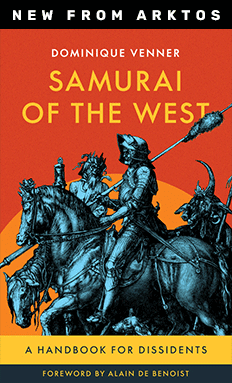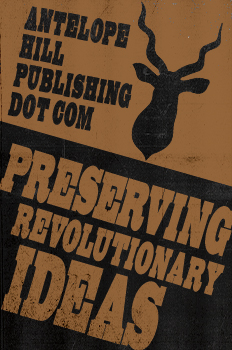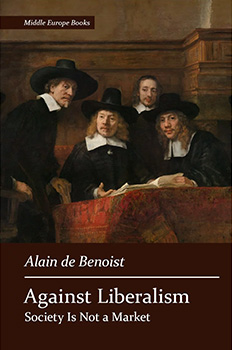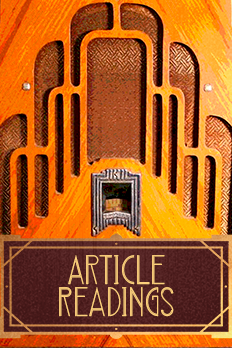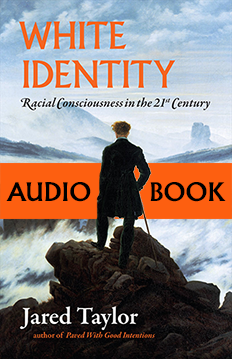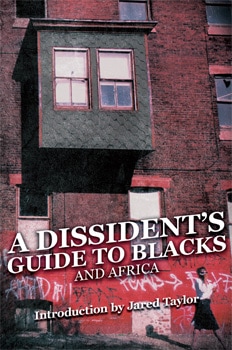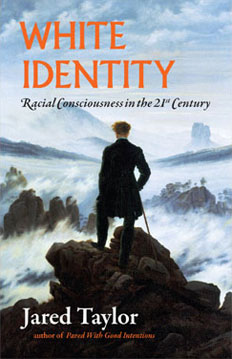Slovenia: A Wonderful White Country
Jared Taylor, American Renaissance, June 6, 2025
Unspoiled by immigration, it plans to stay that way.
This video is available on Rumble, Bitchute, Odysee, Telegram, and X.
I just returned to the United States from one of the most charming countries in the world. It’s Slovenia, which you can see in dark green on this map, bordering Austria and Italy. It was the wealthiest part of the former Yugoslavia, and became independent in 1991, with very little bloodshed.
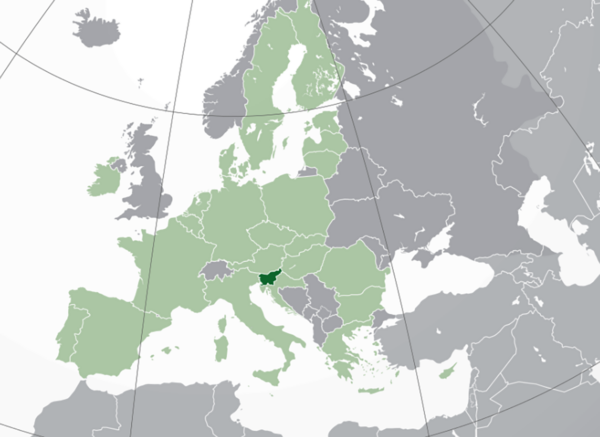
Credit: NuclearVacuum, CC BY-SA 3.0, via Wikimedia Commons
The capital city is Ljubljana, and the building with the tower is the town hall. Note several things: the open-air restaurants and cafes typical of the city, and the bicycles.
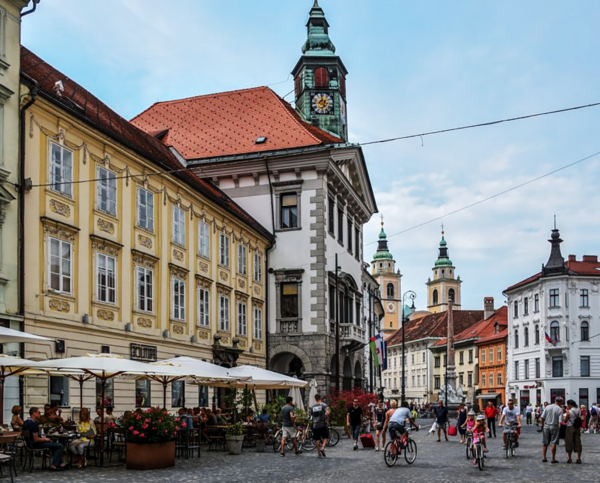
Cars are banned from the old city center, so it is thronged with pedestrians and cyclists. Something else you can see in this picture, too, is that everyone is white!

Jean-Pierre Dalbéra from Paris, France, CC BY 2.0, via Wikimedia Commons
And Even in the capital, where there would be the most immigrants, the sight of a non-white is so unusual, it’s jarring. And practically no one’s fat.
Here is a closer look at the triple bridge in the foreground, which is part of the Slovenian architect Jože Plečnik’s master plan for the city.

Credit: IronGargoyle via Wikimedia Commons, Creative Commons Attribution-ShareAlike 4.0 License
Ljubljana is filled with graceful buildings like the university, which I walked by in the evening.
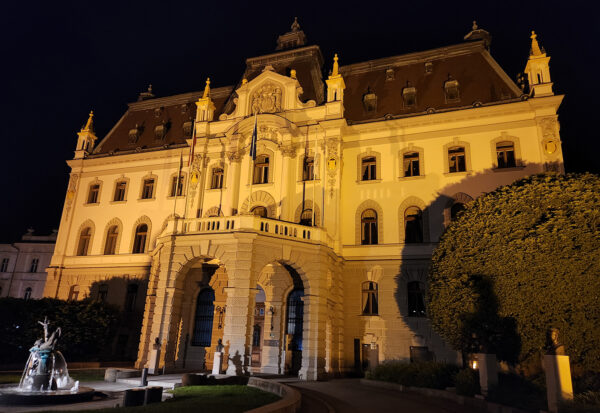
The city is dominated by a castle, illuminated at night and flying the national and city flags.
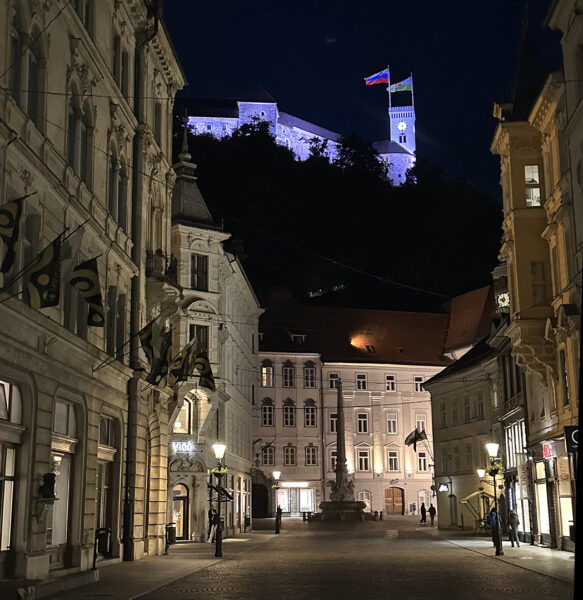
This is a view of the city you get as you walk down from the castle.
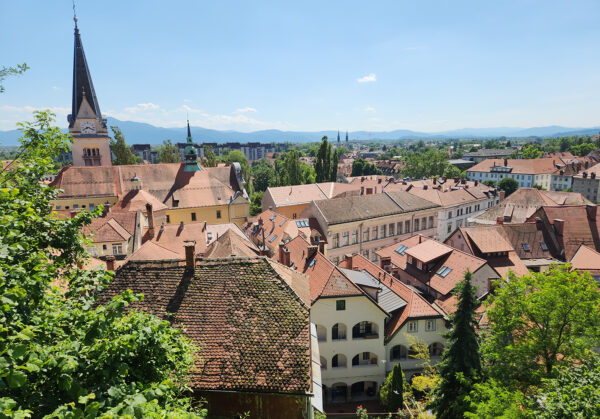
A statue of Slovenia’s most famous poet, France Preseren, stands in a square.
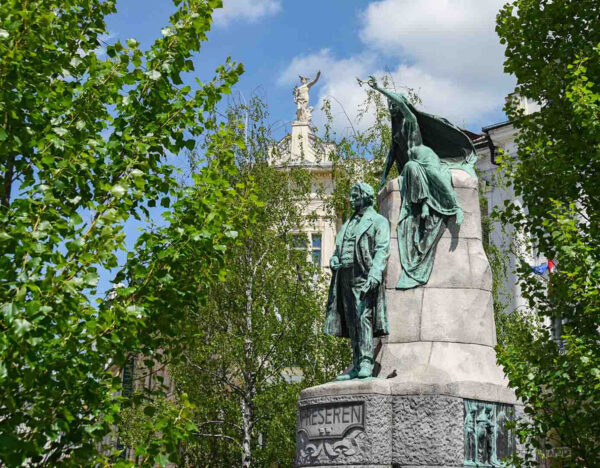
In the building facing him his muse and the object of his love gazes back at him from the building where she lived.
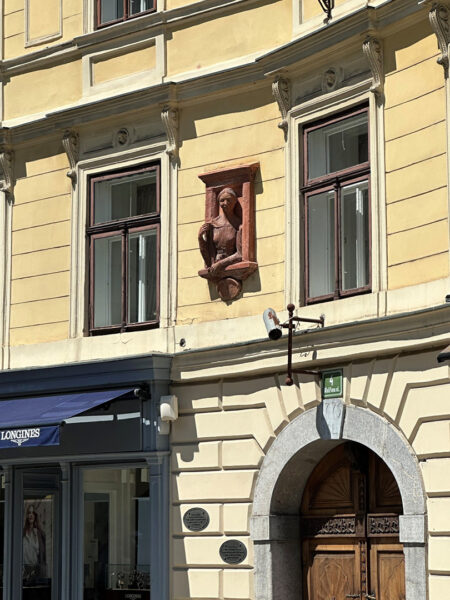
I think you get an idea of this delightful city, unspoiled by immigrants and very safe, day or night.

Janez Kotar, CC0, via Wikimedia Commons
It makes you dream of an all-white Paris or London.
Slovenia has many tourist spots. Lake Bled is justly famous, with its island where you can attend church and then go for a swim. Beyond the island, you can see a castle on a cliff.
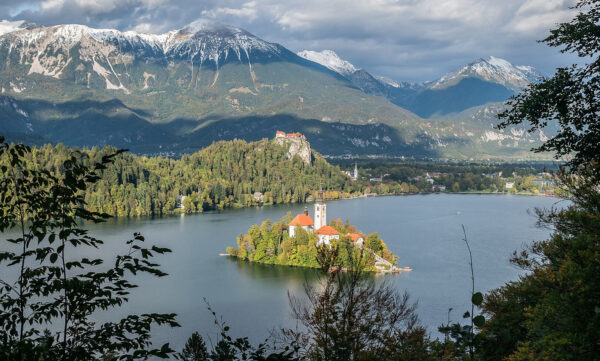
Krzysztof Golik, CC BY-SA 4.0, via Wikimedia Commons
Here is a closer view of the castle, first fortified in the early 11th century, with the Julian Alps in the background.
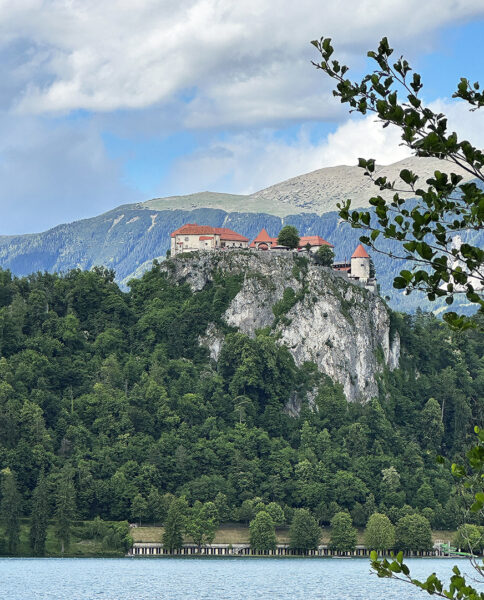
This is the view from the other side of Bled Castle away from the lake, and here is an idea of its architecture.
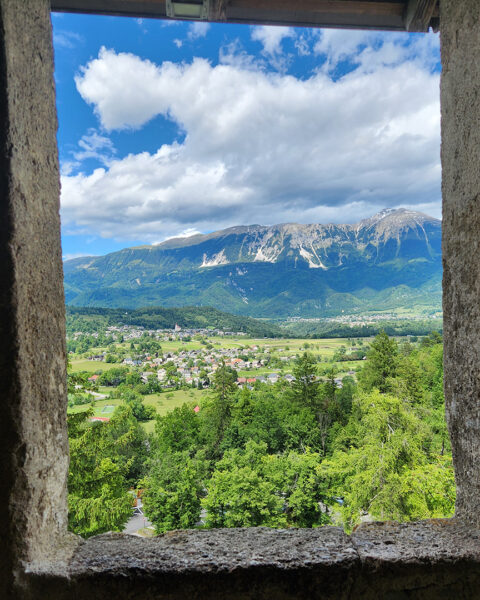

One of the most interesting buildings I have ever seen, Predjama Castle, is built into a cave.
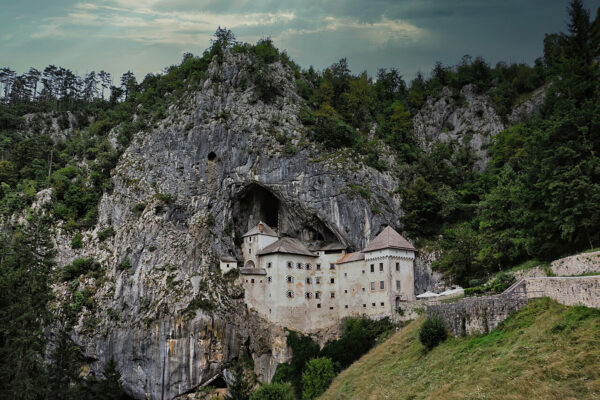
Lettkemann, CC BY-SA 4.0, via Wikimedia Commons
It dates to the 13th century, but was destroyed by war and earthquakes, and the current building dates from the 16th century. Inside, you can see how the castle walls hug the cave.
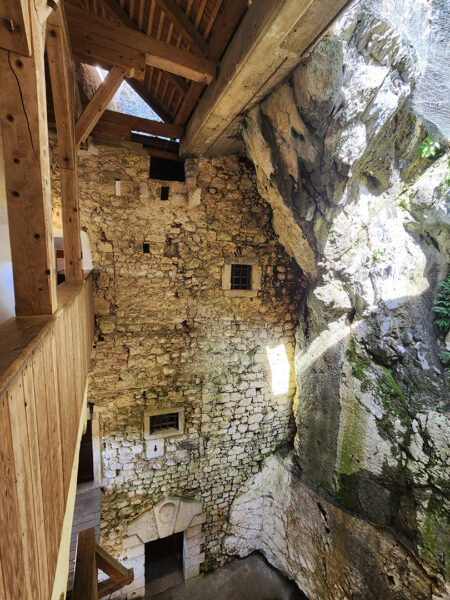
Deeper into the mountain, there is a final redoubt, with an escape passage that leads to a secret exit on the crest of the mountain.
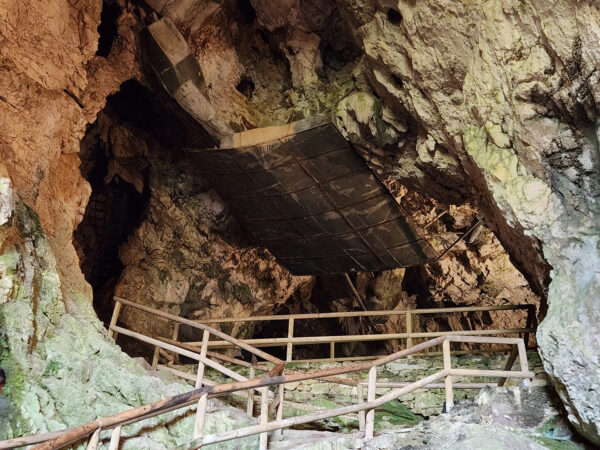
At the top of the picture, you can see a system that collects the steady trickle of water from the surface and sends it through channels carved into the cave walls down to rooms in the castle.
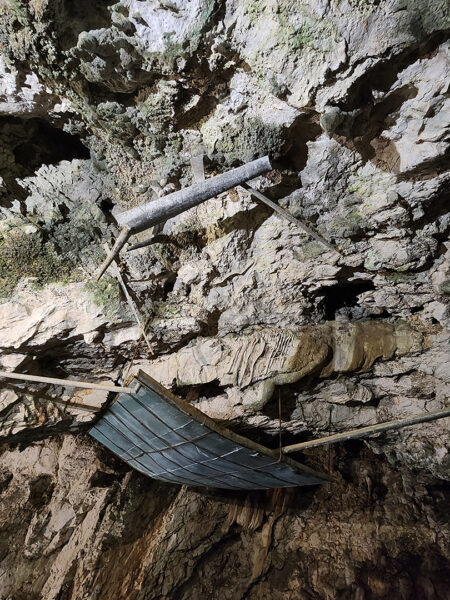
This feeds running water to the kitchen sink, and the drain hole just runs out, down the side of the castle.
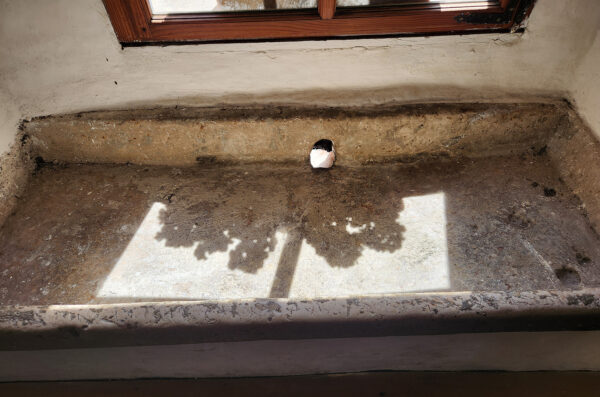
Geraniums in the window box over the sink are a nice touch, unlike the torture chamber, deep inside the cave, with a dummy hanging from ropes on the right and various instruments of persuasion on the left.
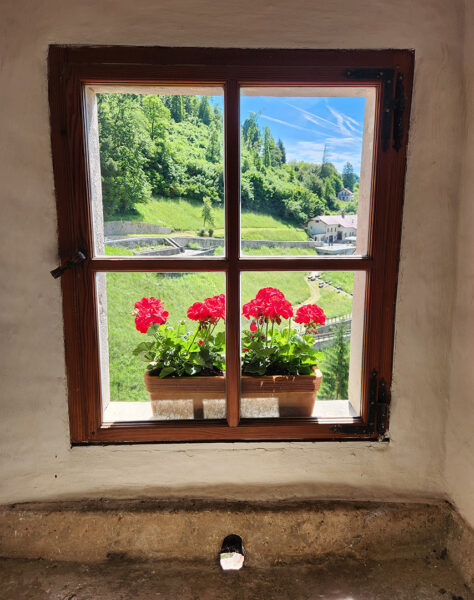

Just a short drive away is the Postojna Cave, which makes Luray Caverns in Virginia look small.
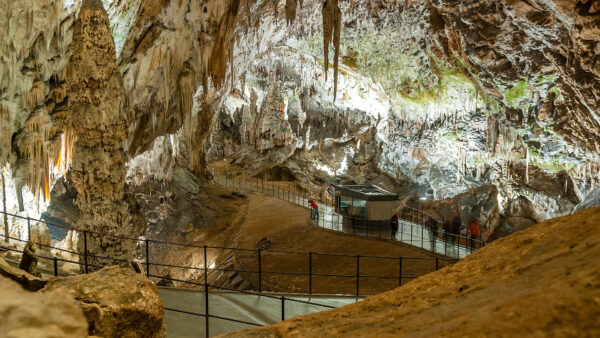
Ivan Ivankovic from Dubrovnik, Croatia, CC BY 2.0, via Wikimedia Commons
A blind salamander called an olm evolved in the cave, and is said to go 10 years without eating, and can live to be 100 years old.
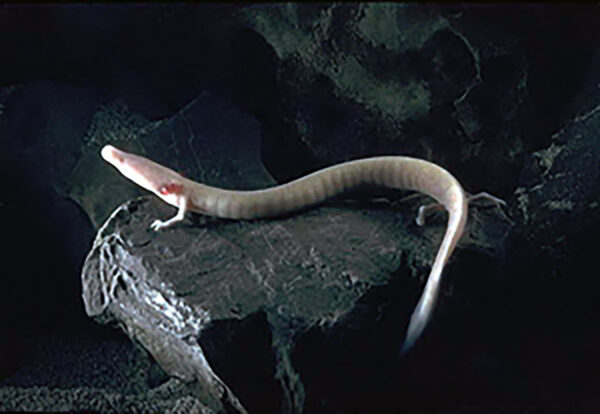
Arne Hodalič, CC BY-SA 3.0, via Wikimedia Commons
Slovenia is a Catholic country, with lovely churches around every corner. This is the interior of St. Martin’s Parish Church, a stone’s throw from Lake Bled.
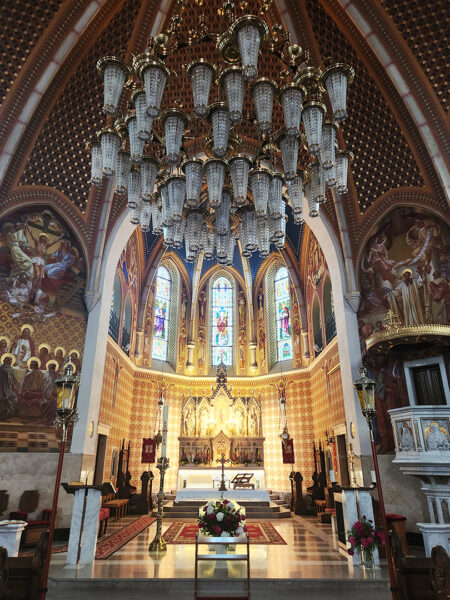
Just across the border into Croatia is the city of Rijeka, which was known as Fiume when the Italians ran it.

Antonio199cro, CC BY-SA 4.0, via Wikimedia Commons
I walked by this building, now the governor’s palace and city museum, from which Gabriel D’Annunzio gave one his famous balcony speeches during his short-lived takeover of the city.
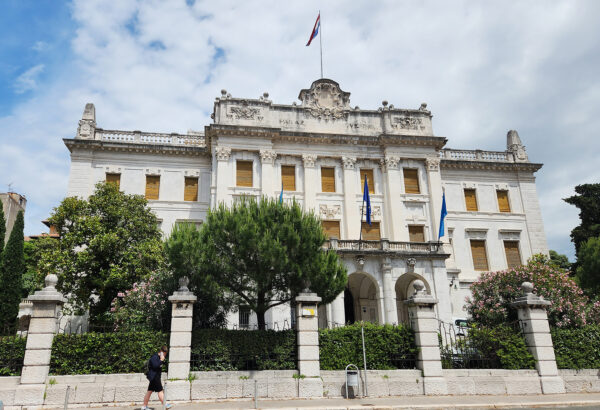
Here he is, with a cane, surrounded by legionnaires in 1919.

Everywhere, there are friendly white people.
I had several long talks with Slovenian comrades who are vividly aware of the importance of keeping their country European.
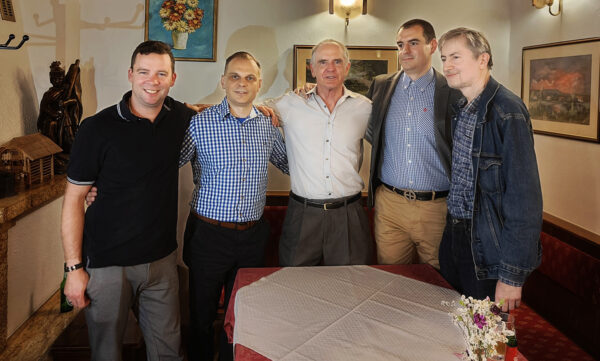
I gave an interview to members of “Tradition Against Tyranny,” in what may be my first appearance with Slovenian subtitles.
With a per capita GDP of more than $32,000, Slovenians have the means to travel to Western Europe and see how immigration has disfigured what were once great and beautiful cities. I wish them every success in keeping their lovely country as the eternal homeland for their people.
In the meantime, it is a delightful place to visit, and a reminder of what we once had.





